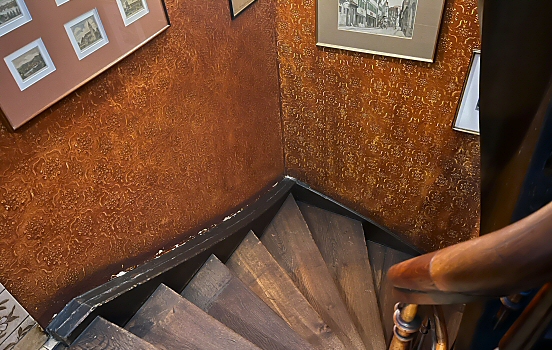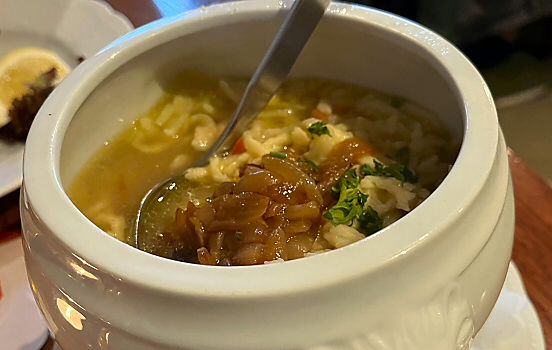Few people dream of Stuttgart. It’s not sexy. It doesn’t seduce. It’s a place that minds its business while cranking out Mercedes-Benz under gray skies. But dig a little deeper, and this Swabian heartland starts whispering its secrets over plates of hearty food.
As I walk through the lush garden in the heart of Stuttgart, I hear the familiar roar from my stomach and consider my options for the evening. Stuttgart is sometimes nicknamed Schwabenmetropole, referring to its location in the middle of Swabia.
 Afternoon stroll in Swabia.
Afternoon stroll in Swabia.
Swabia is a historic region in southwest Germany. Even though the duchy collapsed in the 13th century, some things have endured through the centuries. Not surprisingly, food is one of them. The Swabian cuisine clings to its medieval soul, forged by peasants who made the most of what they had. And somehow made it damn good. Rustic, rich and heavy. Just like my socks right now.
Today Stuttgart is part of the Baden-Württemberg region, but that doesn’t stop my curiosity for the historic cuisine. To sample the classic dishes, I go hunting for an old-school establishment in the old parts of the city.
 Schiller is still keeping an eye on things in old Stuttgart.
Schiller is still keeping an eye on things in old Stuttgart.
I find my way to Weinstube Zur Kiste, which turns out to be the very definition of my savory quest. At first I’m not sure if the place is open, but I pull the handle on an unmarked door and suddenly enter a small room filled to the brim with hungry patrons, the air engulfed in a heavy aroma. Some of them may not have taken a shower since the duchy fell.
 Stay clear of the runway at Weinstube Zur Kiste.
Stay clear of the runway at Weinstube Zur Kiste.
I run up the narrow stairs to the second floor, while making sure to keep clear of the busy staff, running up and down the stairs balancing food on their arms. Fortunately a small table was up for grabs on the third floor.
There is nothing hip about the menu, where every item is designed to make your arteries clog at warp speed. I finally order a Gaisburger Marsch, a big bowl of just about everything: sliced meat, cooked potatoes, a handful of Spätzle noodles, all covered in strong beef broth. The name seems to originate from the 19th century, where one version is that people would march all the way to Gaisburg to get a bowl of the filling dish.
 A bowl of Gaisburger Marsch. It’s good for you.
A bowl of Gaisburger Marsch. It’s good for you.
After having emptied the entire bowl, I’m not marching anywhere, that’s for sure.
Comments
No comments yet.
Leave a reply